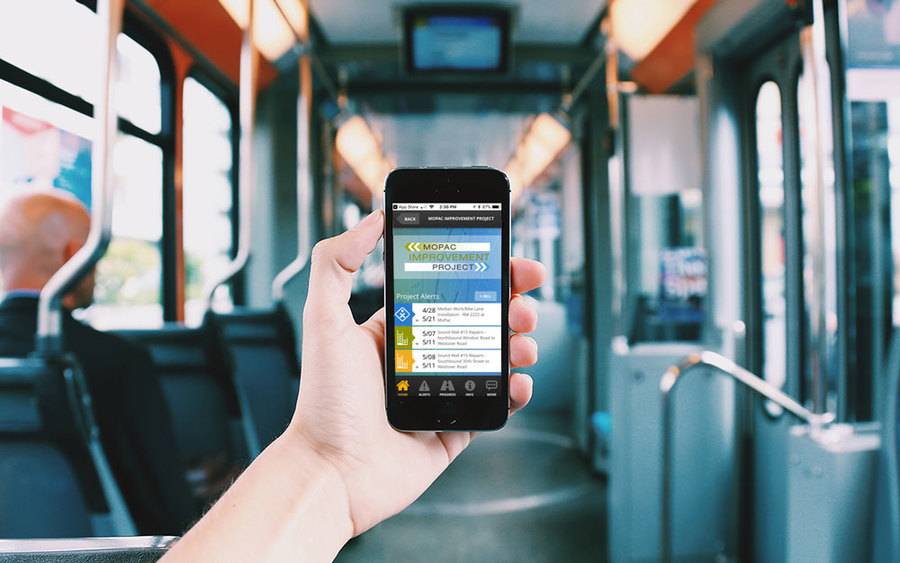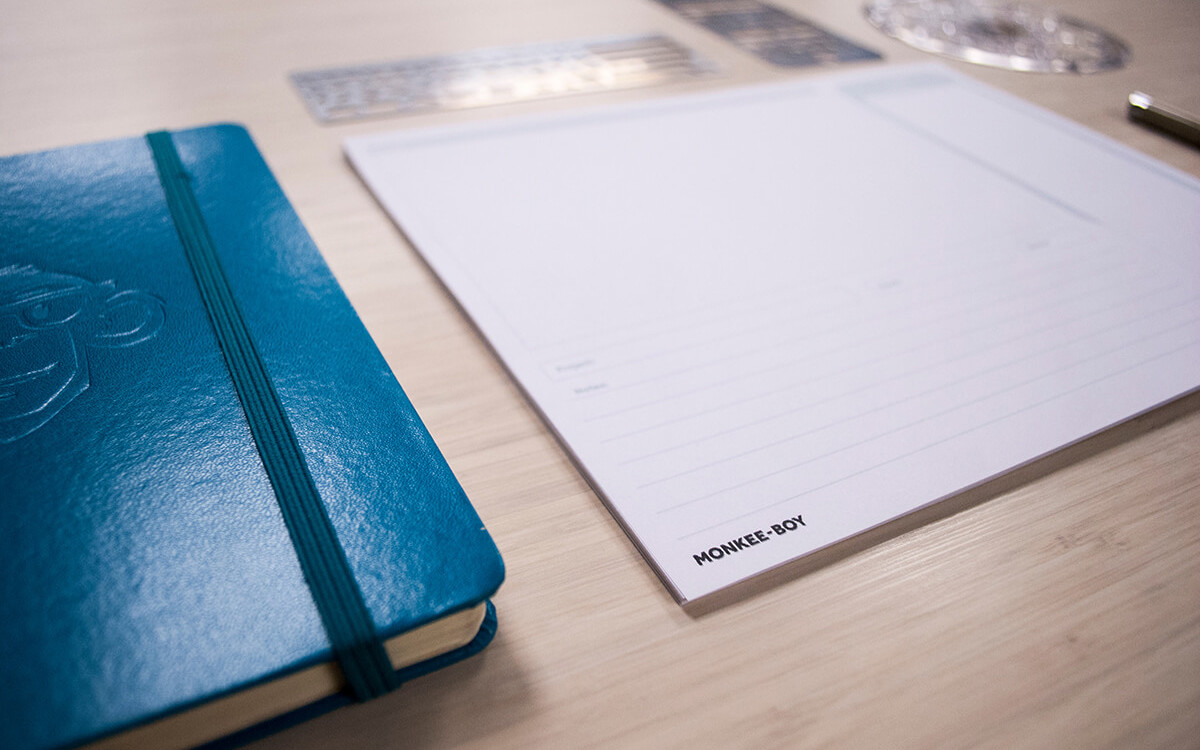Why You Need Good UX No Matter the Size of Your Business

If you’ve been researching web shops lately, it’s likely you’ve come across the term “User Experience" (UX), and a lengthy list of digital agencies ready to sell it to you as a service. As with any new term in tech you may have wondered, ‘Is this just another buzzword conceived to upsell the same old thing?’ or ‘Does my business really need it?’.
The answer is actually very simple, and it starts by acknowledging a basic fact: all businesses, no matter what industry they're in, have relationships with people. Those people might be called customers, or patients, or patrons, or clients. But across the board they're all people--living, breathing humans.
In fact, User Experience design isn't exclusive to the web. A clothing store that puts a lot of time into merchandising cares about user experience. A doctor's office that has a large screen television in the waiting room cares about user experience. A restaurant with an outside bar for people waiting for tables cares about user experience.
If you're at all concerned with how a person feels when they interact with your business or product, then you care about user experience. You always have.
The only difference is that now you want to extend your reach on the web. And the web isn't a clothing store, or a doctor's office, or a car dealership. It's the web, and it has its own set of rules.
So unless your target audience is comprised of robots or rocks, you need to think about how those rules impact your customer.
Back in June we illustrated what the User Experience designer role can look like, the processes involved, and the kind of deliverables to expect. Today, we layout all the reasons you’d be amiss to leave out user experience from your next redesign.
Your business needs UX because...
1. Your competitors know they need UX.
In 2013 74% of businesses believed user experience was key to improving sales.
It’s no longer enough to just have a website. If you’ve been sliding by with broken functionality or calls to action that slightly miss their mark, customers will move on to competitors who invest more time in creating meaningful experiences that meet their needs, goals, and desires.
2. Your customers will fall in love with you.
Yeah, we know your customers liked you, but good user experience design reaches for love.
When your website anticipates a need, when the design goes above and beyond to make the user's life easier, your customers will be happy. And satisfied customers become repeat customers.
You see where I'm going?
Let me put it this way. If 99 out of 100 people who walked into a store you owned told you the music you played was super annoying, would you keep playing the music?
I suppose you might. Hell, it's your store.
But what if I told you that a different style of music would mean patrons spent an average of 10 more minutes browsing your shop? And in that ten more minutes, half of them made a purchase?
This is the kind've information User Experience research can tell you. It's flat out valuable.
3. You are not your users and you (probably) never can be.
According to Nielsen Norman Group “User Experience” encompases all aspects of the end-user's interaction with the company, its services, and its products.”
That means any digital agency employing a UX’er also employs a user-centered design philosophy. Whether via personas or testing, you can expect the UX team you hire to present the user’s perspective to every problem along the way.
This is a highly valuable perspective because while you may have the metrics and the history of your business to inform your decisions, at the end of the day it’s difficult to step outside the day to day operations of a company and fully grasp what your users really want.
Need further arguments for why your insight could be expanded, UXMyths put together an unshakable list of reasons you need to invest in researching your users.
4. You get to hand over your biggest challenges to a team of fresh (but informed) perspectives.
Through stakeholder interviews, valuable company information can be passed from your business to your UX team. This is your opportunity to explain your business’s unique challenges and what you’ve tried in the past to overcome them. Presenting the problems to your UX team let’s them use their expertise to attack the issues from new angles.
Truly amazing UX solves challenges that your business faces while, at the same time, solving problems your user faces.
Remember that example from above? The restaurant with an outside bar? How do you think the owners and managers feels about all those extra drink orders?
I'm guessing they're not complaining.
5. Future-Friendlier
As the web experience continues to evolve over a multitude of devices types, contexts, and uses, the ability to laser focus your messaging will become an option.
By doing the groundwork now, and enabling an iterative UX process, you’ll be arming yourself with the tools necessary to persist and grow when whatever comes next hits the digital landscape.
If the distant future is hard for you to imagine then simply think about what’s next for your company.
If you ever plan on releasing any new features, services, or products, having the UX foundation established will help you jump forward a few steps, hit the market faster.
All because you know your user.
Latest Articles

Transportation Mobile Apps: 10 Cool Features for a Better User Experience
A mobile app may not always make sense for your transportation project, but when it does, consider some of these great examples of how the right user experience can kick things up a notch.
Continue reading
Freebie Friday: UX Responsive Notepads
In a time when digital reigns supreme, the art of sketching often gets pushed to the back burner. Some designers can become discouraged based on their lack of confidence with their drawing ability, but a sketch doesn’t have to be perfect.
Continue reading